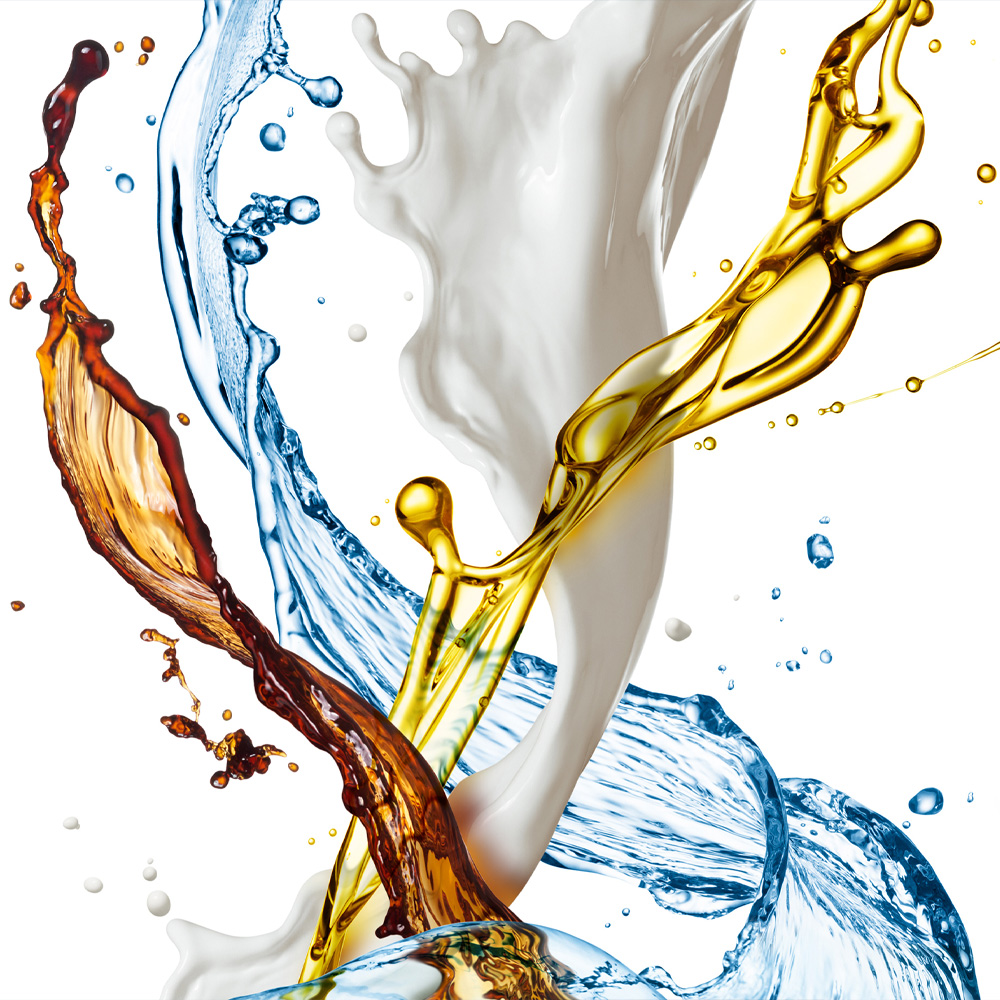Flavourings are used to impart flavour to food. In the EU, flavourings are divided into the following categories:
- flavouring substances,
- flavouring preparations,
- thermal process flavourings,
- smoke flavourings,
- flavour precursors,
- other flavourings.
When it comes to food, flavourings are tightly regulated by legislation, in the EU Regulation 1334/2008. However, in e-liquids flavourings are regulated by the vague Article 20.3e in the Tobacco Products Directive (TPD) stating that “except for nicotine, only ingredients are used in the nicotine-containing liquid that do not pose a risk to human health in heated or unheated form.” Flavourings in e-liquids without nicotine are not regulated by the TPD in any way. However, some countries have imposed a ban on all or certain flavourings.
The two major categories of flavourings are flavourings substances and flavouring preparations. Flavouring substances are single substances (occasionally a mixture of closely related substances) of high purity of either synthetic origin or they are extracted from plant material. A flavouring preparation, on the other hand, is (often) a complex mixture extracted from a natural source, e.g. lemon oil from lemons. Both flavouring categories are used in e-liquids.
To make up for the lacking legislation, e-liquid manufacturers may voluntarily choose to use only food grade flavourings. What constitutes a food grade flavouring varies from region to region. In the EU, Regulation 1334/2008 as amended contains a list of all allowed flavouring substances but no flavouring preparations – Regulation 1321/2013 contains a list of all authorized smoke flavourings.
Natural and artificial sweeteners are not considered flavourings in the EU but are food additives covered by Regulation 1333/2008. Another list of food grade flavourings is the Flavor and Extract Manufacturers Association’s (FEMA) GRAS list. This list contains both flavouring substances and preparations. The International Organization of the Flavor Industry (IOFI) also keeps lists of approved flavouring substances and preparations.
All these lists are continually updated to include new flavourings, as they are approved as safe by a scientific committee and withdraw previously approved flavourings as new information concerning their hazardous properties become available.
Some standardization bodies have published or are working on e-liquid specifications. French standard XP D90-300-2 requires that flavourings are food grade – food grade means complying with Regulation 1334/2008. A number of sugars (glucose, fructose, lactose, maltose, saccharose) and sweeteners (acesulfame potassium, aspartame, sodium saccharinate, stevia) are specifically banned.
According to the European draft standard prEN 17648:2021, only flavourings authorized for use in food should be used. This allows for a wider range of flavourings as both FEMA’s and IOFI’s lists are considered acceptable. The draft standard also contains a short list of compounds that should not be added to e-liquids as well as exclusion criteria for ingredients.
All in all, food legislation and standards may be a guide to help e-liquid manufacturers make safer products.


